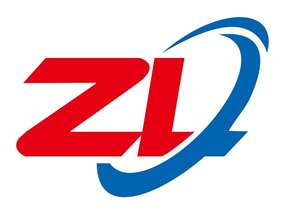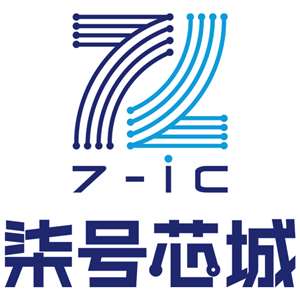EN6360QI
Functional Description
capacitor between this pin and AGND provides a
soft-start function to limit in-rush current during
device power-up. When the part is initially powered
up, the output voltage is gradually ramped to its
final value. The gradual output ramp is achieved by
increasing the reference voltage to the error
amplifier. A constant current flowing into the soft-
start capacitor provides the reference voltage ramp.
When the voltage on the soft-start capacitor
reaches 0.60V, the output has reached its
programmed voltage. Once the output voltage has
reached nominal voltage the soft-start capacitor will
continue to charge to 1.5V (Typical). The output
rise time can be controlled by the choice of soft-
start capacitor value.
The EN6360QI is a synchronous, programmable
buck power supply with integrated power MOSFET
switches and integrated inductor. The switching
supply uses voltage mode control and a low noise
PWM topology. This provides superior impedance
matching to ICs processed in sub 90nm process
technologies. The nominal input voltage range is
2.5 - 6.6 volts. The output voltage is programmed
using an external resistor divider network. The
feedback control loop incorporates a type IV
voltage mode control design. Type IV voltage mode
control maximizes control loop bandwidth and
maintains excellent phase margin to improve
transient performance. The EN6360QI is designed
to support up to 8A continuous output current
operation. The operating switching frequency is
between 0.9MHz and 1.5MHz and enables the use
of small-size input and output capacitors.
The rise time is defined as the time from when the
ENABLE signal crosses the threshold and the input
voltage crosses the upper UVLO threshold to the
time when the output voltage reaches 95% of the
programmed value. The rise time (tRISE) is given by
the following equation:
The power supply has the following features:
•
•
•
•
•
•
•
•
•
•
Precision Enable Threshold
Soft-Start
tRISE [ms] = Css [nF] x 0.065
Pre-bias Start-Up
The rise time (tRISE) is in milliseconds and the soft-
start capacitor (CSS) is in nano-Farads. The soft-
start capacitor should be between 10nF and 100nF.
Resistor Programmable Switching Frequency
Phase-Lock Frequency Synchronization
Parallel Operation
Pre-Bias Start-up
The EN6360QI supports startup into a pre-biased
load. A proprietary circuit ensures the output
voltage rises up from the pre-bias value to the
programmed output voltage. Start-up is guaranteed
to be monotonic for pre-bias voltages in the range
of 20% to 75% of the programmed output voltage
with a minimum pre-bias voltage of 300mV. Outside
of the 20% to 75% range, the output voltage rise
will not be monotonic. The Pre-Bias feature is
automatically engaged with an internal pull-up
resistor. For this feature to work properly, VIN must
be ramped up prior to ENABLE turning on the
device. Tie VSENSE to VOUT if Pre-Bias is used.
Tie EN_PB to ground and leave VSENSE floating
to disable the Pre-Bias feature. Pre-Bias is
supported for external clock synchronization, but
not supported for parallel operations.
Power OK
Over-Current/Short Circuit Protection
Thermal Shutdown with Hysteresis
Under-Voltage Lockout
Precision Enable
The ENABLE threshold is a precision analog
voltage rather than a digital logic threshold. A
precision voltage reference and a comparator
circuit are kept powered up even when ENABLE is
de-asserted. The narrow voltage gap between
ENABLE Logic Low and ENABLE Logic High
allows the device to turn on at a precise enable
voltage level. With the enable threshold pinpointed,
a proper choice of soft-start capacitor helps to
accurately sequence multiple power supplies in a
system as desired. There is an ENABLE lockout
time of 2ms that prevents the device from re-
enabling immediately after it is disabled.
Resistor Programmable Frequency
The operation of the EN6360QI can be optimized
by a proper choice of the RFQADJ resistor. The
frequency can be tuned to optimize dynamic
performance and efficiency. Refer to Table 1 for
recommended RFQADJ values.
Soft-Start
The SS pin in conjunction with a small external
Enpirion 2011 all rights reserved, E&OE
Enpirion Confidential
www.enpirion.com, Page 14
06489
April 16, 2012
Rev: C


![]()


![]()
![]()

![]()
![]()

